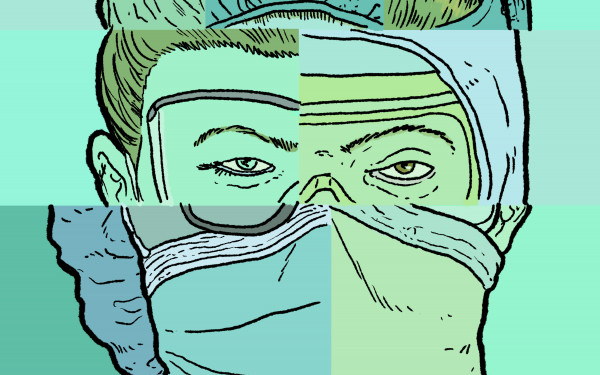Flu cases continue to rise in Canada
The latest on this year’s flu season
Canada’s flu season is in full swing, with at least 1,792 flu-associated hospitalizations since late August, according to this week’s FluWatch report by the Public Health Agency of Canada.
Cases have continued to rise in recent weeks, with widespread activity in Quebec, Ontario and British Columbia, while hospitalizations have remained stable. The strain influenza A (H1N1), a descendant of the 2009 swine flu virus, is the most prevalent this season.
“What we’ve had is a return to the patterns of flu that occurred before the pandemic,” said Dr. Prabhat Jha, founding director of the Centre for Global Health Research. “During the COVID pandemic, because of people being so isolated, the actual flu burden was very low. But now we’ve returned to more seasonal patterns, which are at least one or two peaks during the winter.”
According to Jha, the virus peaks at different times across age groups. Infections in children spike at the start of the school year, while flu cases among adults peak around February.
“The flu shot vaccine coverage in older Canadians is around 60 per cent,” Jha said. “That’s quite low because it should be 100 per cent; but it’s far better than in the US, where it’s about half of that.”
He added that people aged 65 and older are most vulnerable to the virus. This age group accounts for 35 per cent of this week’s reported flu cases, according to FluWatch data.
Jha, who has led global epidemiological studies to improve population health among low and middle-income countries, emphasized the importance of making flu vaccines more accessible to high-risk Canadians. He said setting up mobile clinics with free vaccinations in places with high densities of elderly people, like long-term nursing homes or apartment buildings where a lot of elderly people live, is the first pillar to flu prevention.
For Jha, the other three pillars of flu prevention are better data collection of outbreaks, better accessibility to antiviral drugs like Tamiflu, and continued global cooperation.
“We get the flu vaccine as a result of scientific cooperation from around the world—all labs, including Chinese labs, Russian labs, sharing information on their flu strains,” Jha said. “That's absolutely essential to disease control.”
As flu cases continue to surge toward a peak, Jha encourages younger Canadians, who may not see themselves as high-risk, to get the flu shot.
Information about how to get vaccinated in Quebec can be found on the Government of Quebec website.


_600_832_s.png)




